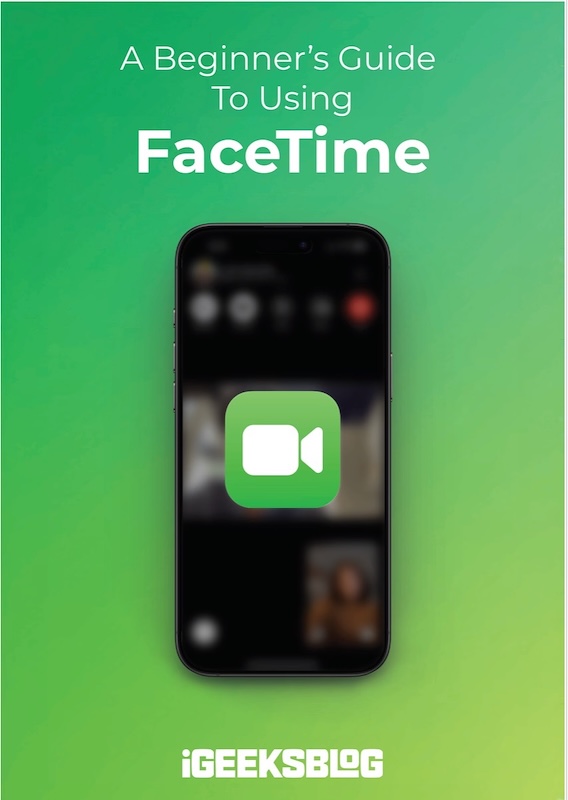
FaceTime Like a Pro
Get our exclusive Ultimate FaceTime Guide 📚 — absolutely FREE when you sign up for our newsletter below.

FaceTime Like a Pro
Get our exclusive Ultimate FaceTime Guide 📚 — absolutely FREE when you sign up for our newsletter below.
Sending large files from your iPhone doesn’t have to be a hassle. Learn how to zip, unzip, and manage files like a pro—no third-party apps required!
Imagine you’re ready to send important files or a batch of high-resolution photos, only to find your email service won’t let you because the files are too big. Frustrating, isn’t it? Well, there’s an easy way to fix this. By zipping your files right on your iPhone or iPad, you can quickly reduce their size and effortlessly share them—no complicated apps needed—your iPhone already has everything you need. Curious how? Let’s dive in.
Zipping is a way to compress files without lowering their quality. Whether you’re trying to send multiple documents, save space, or keep things tidy, the built-in Files app on your iPhone can help. Here’s how:
Now, you might wonder how zipping files actually reduces their size without affecting the quality. Well, it all comes down to something called lossless compression. This means your original data stays exactly the same—nothing is removed. The system simply looks for repetitive patterns or empty spaces in your files and replaces them with shorter placeholders. When you unzip the file, everything is reconstructed back to its original form, without any loss in quality. That’s why you can confidently compress documents, images, or videos knowing they’ll stay just the way you left them.
You don’t need any extra apps to zip files and folders on your iPhone. Your iPhone’s Files app does the job perfectly.

If you zipped one item, it’ll use the same name. If you zipped multiple, it’ll be called Archive.zip. Long-press the ZIP file to rename it if needed.
You can even compress photos and videos—just save them to the Files app from your Photos app first from your Photos app by tapping the Share button and selecting the Save to Files option in the Share Sheet.
Unzipping a file or folder on an iPhone is easier than zipping:

You can also long-press and select Uncompress from the menu. If you just want to peek inside without unzipping, choose Quick Look.
The Files app can create and open .zip files natively. In addition, it can also open (unzip) other common archive types like .ar, .bz2, .cpio, .rar, .tar, and .tgz. So if someone sends you any of these other formats, you can extract them directly using the Files app—no third-party apps needed.
While the Files app covers many popular formats, there are still a few types it cannot open. These include:.7z, .xz, .iso, .cab, .jar. If you receive any of these, you’ll need a third-party app to open them.
The Files app does a decent job of zipping and unzipping files, but if you want advanced features like handling various formats, encryption, password protection and cloud integration, here are some solid alternatives:
For more details, check out our guide on best file compression apps for your iPhone, iPad, and Mac. If you only need to unzip a ZIP file or two, the Files app will do just fine. But for more control, better format support, or encryption features, these apps are well worth checking out.
Related: Best file managers for iPhone and iPad
If you need to zip and unzip files and folders frequently, here are some tips to make your life easier:
You’re now fully equipped to handle ZIP files on your iPhone or iPad—whether compressing for convenience, organization or sending large attachments. Remember, your iPhone’s built-in Files app and the powerful Shortcuts feature are all you need. Go ahead, zip and unzip with confidence, and keep your digital life streamlined!
FAQs
You can’t with the native Files app, but third-party apps like iZip or WinZip let you add password protection to your ZIP files.
Almost anything: photos, videos, PDFs, Word docs, presentations, and folders. Just make sure they’re in the Files app.
Yes. Long-press the ZIP file and tap Quick Look to peek inside without unzipping.
Technically no hard limit, but very large files (over 1GB) may slow down the device or fail depending on available space and memory.
Don’t miss these related reads: